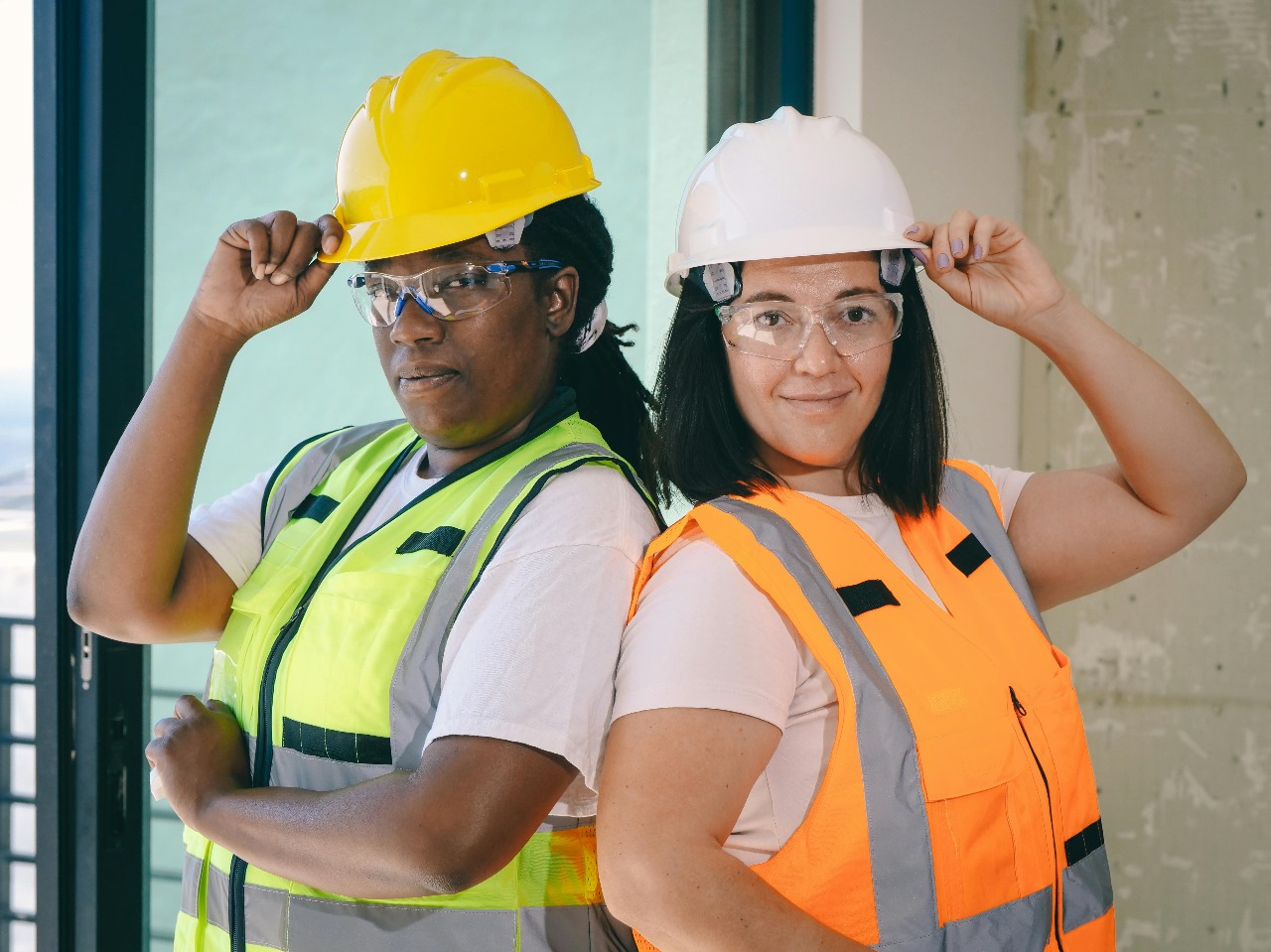When it comes to understanding crucial building materials and specifications, DAS 140 plays a significant role in the construction industry. At Associated Builders & Contractors Inc., we recognize the importance of clear, comprehensive information about das 140 for professionals, contractors, and clients alike. This article will guide you through everything you need to know about das 140, including its definition, applications, benefits, and compliance requirements. Our goal is to provide a thorough, well-structured overview that enhances your understanding of this essential topic.
What Is DAS 140?
DAS 140 is a specification standard commonly used in the construction and manufacturing sectors. It refers to a set of guidelines or requirements that materials, components, or systems must meet to ensure quality, safety, and performance in building projects. These standards are critical in maintaining consistency and reliability in construction processes.
Origins and Development of DAS 140
The development of das 140 standards stems from the need to regulate materials and construction practices, promoting industry-wide safety and efficiency. Over time, these standards have been updated to reflect advancements in technology, materials science, and environmental considerations.
Key Components of DAS 140
At its core, das 140 includes detailed criteria for:
- Material composition and quality
- Structural integrity and durability
- Safety measures and testing protocols
- Environmental impact and sustainability
- Installation and maintenance procedures
Applications of DAS 140 in Construction
The application of das 140 standards is widespread across various construction projects, ensuring that all materials and components meet necessary regulations.
Structural Components
Materials used in framing, support beams, and load-bearing elements often need to comply with das 140 to guarantee safety and longevity.
Electrical and Mechanical Systems
DAS 140 standards ensure that electrical wiring, panels, and mechanical equipment adhere to safety and performance benchmarks, reducing risk and enhancing reliability.
Fire Safety Materials
Many fire-resistant materials and barriers must comply with das 140 specifications to protect buildings and occupants effectively.
Benefits of Using DAS 140 Compliant Materials
Incorporating das 140 compliant materials and processes offers numerous advantages to contractors, builders, and clients.
Enhanced Safety
By meeting das 140 standards, materials are rigorously tested to minimize hazards, ensuring safer construction sites and finished structures.
Improved Quality and Durability
DAS 140 compliance guarantees high-quality materials that withstand environmental and mechanical stresses over time, reducing maintenance costs.
Regulatory Compliance
Using das 140 materials helps projects meet local, state, and federal building codes, avoiding legal complications and delays.
Environmental Responsibility
Many das 140 standards include sustainability criteria, promoting eco-friendly construction practices.
How to Ensure DAS 140 Compliance in Your Project
Ensuring your construction project complies with das 140 involves careful planning and execution.
Material Selection
Choose suppliers and manufacturers who certify their products meet das 140 standards.
Inspection and Testing
Regular inspections and tests during material delivery and installation help maintain compliance throughout the construction process.
Documentation and Certification
Keep thorough records and obtain necessary certifications proving that materials and work meet das 140 requirements.
Training and Awareness
Educate your team about das 140 standards to ensure everyone understands their role in compliance.
Common Challenges with DAS 140 Compliance
Despite its benefits, implementing das 140 can present challenges.
Cost Considerations
Materials that meet das 140 standards may come at a higher price, impacting project budgets.
Supply Chain Limitations
Finding reliable sources for das 140 compliant materials can sometimes be difficult, especially in remote locations.
Keeping Up with Updates
DAS 140 standards may evolve, requiring ongoing education and adjustments to project specifications.
Future Trends Related to DAS 140
The construction industry continuously evolves, and das 140 standards will adapt accordingly.
Integration of New Technologies
Emerging materials and smart construction technologies will likely be incorporated into future das 140 updates.
Greater Emphasis on Sustainability
Environmental concerns will drive stricter sustainability criteria within das 140 guidelines.
Increased Digitalization
Digital tools and software will streamline compliance tracking and documentation for das 140.
Why Choose Associated Builders & Contractors Inc. for DAS 140 Expertise
At Associated Builders & Contractors Inc., we provide unparalleled expertise and support for projects involving das 140 standards. Our commitment to quality and compliance ensures your construction efforts meet the highest benchmarks.
Experienced Professionals
Our team understands the complexities of das 140 and helps you navigate regulatory requirements efficiently.
Customized Solutions
We tailor our services to your project’s unique needs, ensuring optimal compliance and performance.
Comprehensive Support
From material selection to final inspection, we assist you at every stage to maintain das 140 compliance.
Conclusion
Understanding das 140 is essential for anyone involved in construction and building management. By adhering to these standards, you ensure safety, quality, and sustainability in your projects. At Associated Builders & Contractors Inc., we are dedicated to providing the knowledge and services you need to successfully implement das 140 requirements. Whether you are a contractor, architect, or project manager, staying informed about das 140 empowers you to deliver superior results that stand the test of time. Remember, compliance with das 140 is not just about meeting regulations — it’s about building excellence.




